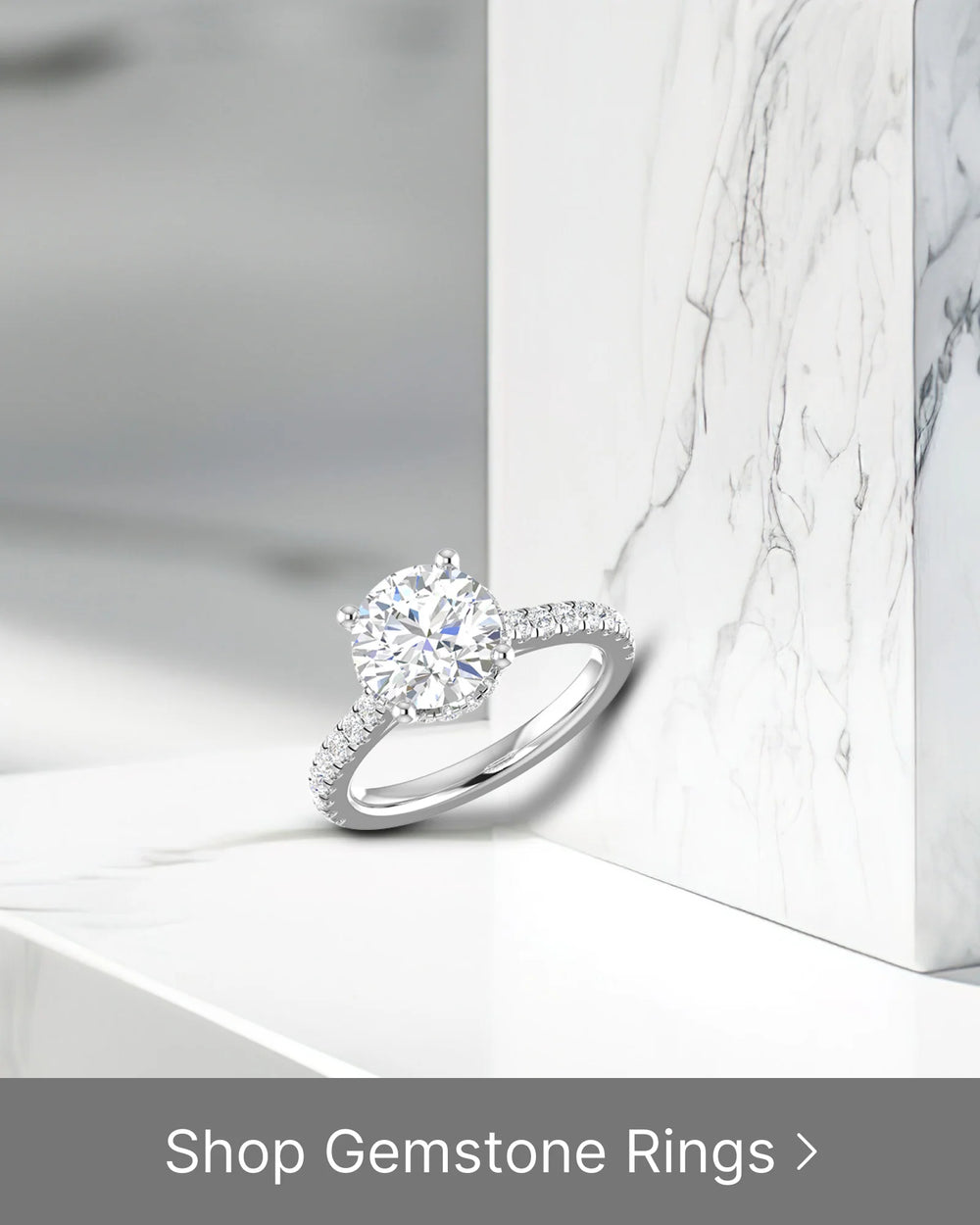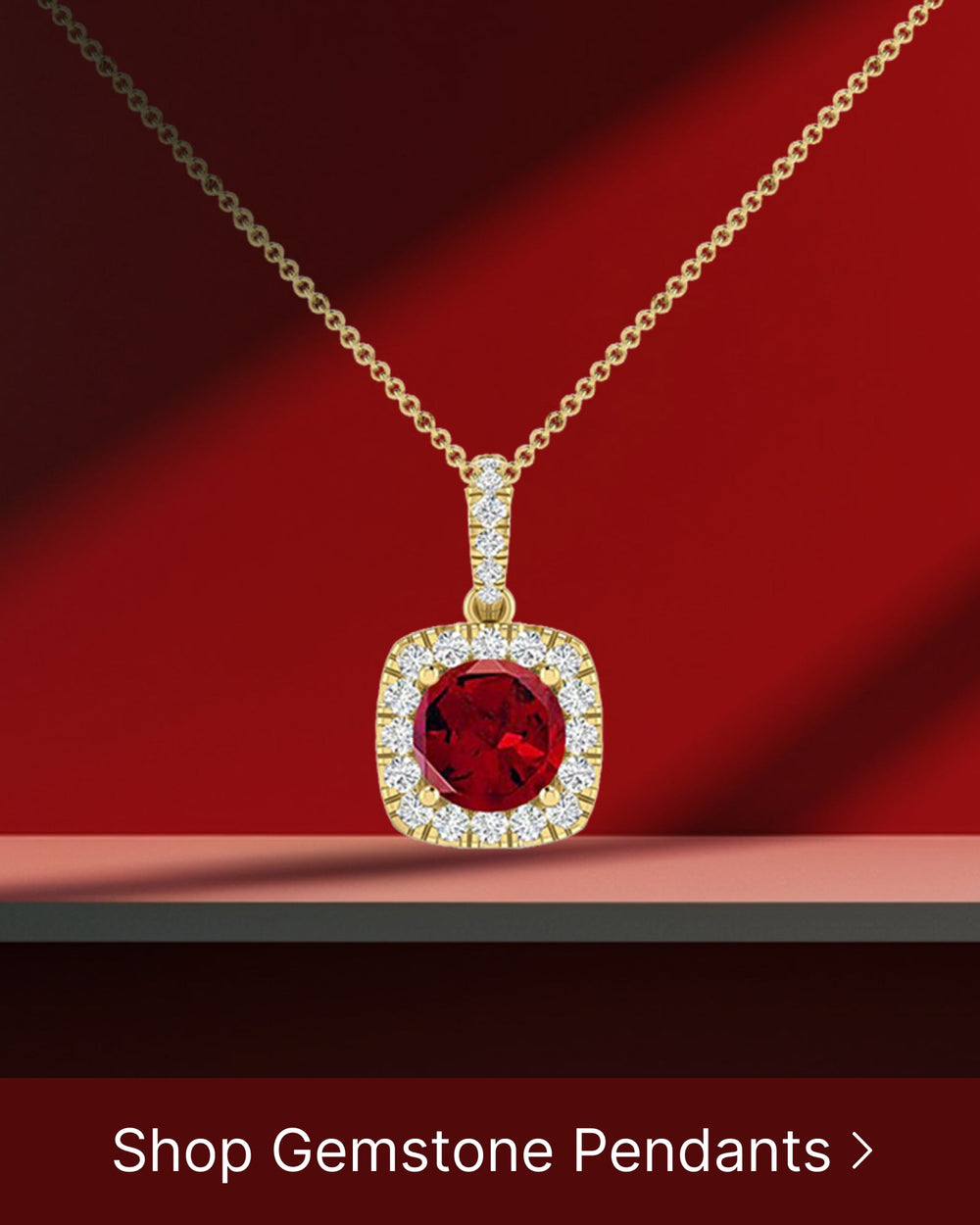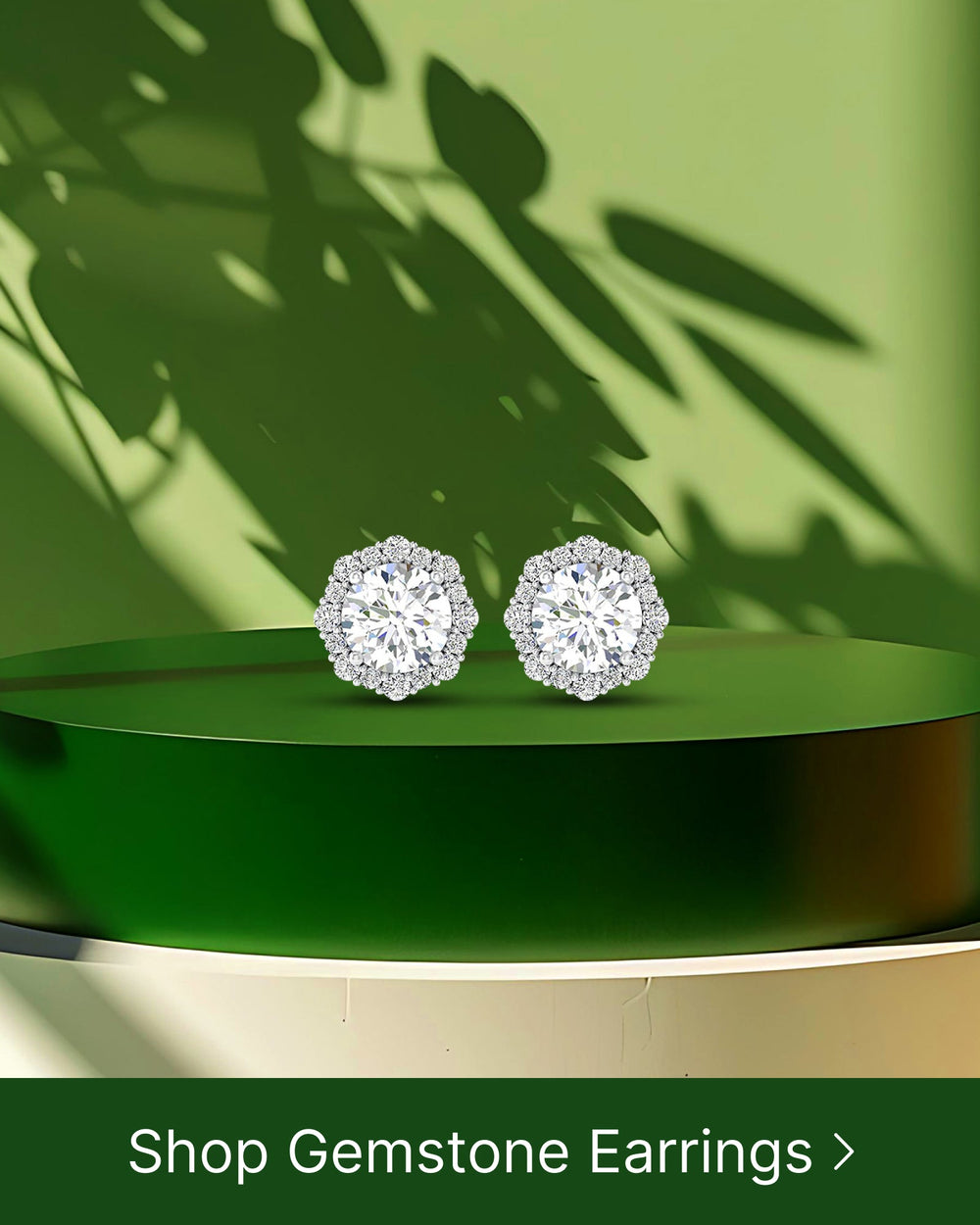Do you ever find yourself admiring beautiful rings but hesitating because you're unsure of your ring size? Don't worry - you're not alone in this dilemma. Many people struggle to accurately determine their ring size, which can lead to discomfort, too-tight fittings, or even losing their cherished ring altogether. However, finding out your ring size doesn't have to be a daunting task. With a few basic tools and simple measurements, you can easily determine your ring size in the comfort of your own home.
Understanding the Importance of Accurate Ring Sizing
Before we dive into the details of measuring your ring size, let's take a moment to understand why accurate ring sizing is crucial. A properly fitting ring is not only essential for comfort but also plays a significant role in ensuring your ring looks and feels its best. When a ring fits correctly, it enhances both your style and confidence, allowing you to showcase your jewelry with pride.
Furthermore, wearing the wrong ring size can pose potential issues. A ring that is too tight may restrict blood flow to your finger and feel uncomfortable, while a ring that is too loose can be at risk of slipping off and getting lost. By finding out your accurate ring size, you can avoid these problems and enjoy wearing your rings worry-free.
The Role of Ring Size in Comfort and Style
Your ring size is directly connected to both comfort and style. A ring that fits perfectly will feel comfortable throughout the day, allowing you to wear it for extended periods without any discomfort. On the other hand, an ill-fitting ring can cause irritation, rubbing, or even blisters.
Additionally, the right ring size ensures that your ring sits properly on your finger and complements your style. A ring that is too big may look bulky and overpower your hand, while a ring that is too small could go unnoticed or be difficult to remove.
Potential Issues with Incorrect Ring Sizes
Wearing a ring that doesn't fit properly can lead to a range of issues. One common problem is finger swelling. Our fingers can change in size throughout the day due to temperature, hydration, or physical activity. If your ring fits snugly in the morning but becomes too tight later in the day, it may cause discomfort or restrict blood flow.
Another issue that arises with incorrect ring sizes is the risk of losing your ring. If a ring is too loose, it may slip off easily, especially when washing your hands or engaging in activities that involve hand movements. Losing a cherished piece of jewelry can be devastating, both financially and sentimentally.
Now that we understand the importance of accurate ring sizing let's move on to the tools needed for home ring sizing.
Basic Tools Needed for Home Ring Sizing
When it comes to determining your ring size at home, you don't need any fancy or expensive equipment. You can get accurate results with basic tools that are readily available in most households.
Using String or Paper for Ring Sizing
One of the simplest and most popular methods to measure your ring size involves using either a string or a strip of paper. These materials are flexible and allow for precise measurements that can be later translated into ring sizes.
If you decide to use a string, start by wrapping it around the finger you intend to measure. Make sure the string is snug but not overly tight. Mark the spot where the string overlaps, and then carefully remove it from your finger. Lay the string flat and use a ruler to measure the length in millimeters. This measurement will provide you with an accurate estimate of your ring size.
If you prefer using paper, cut a thin strip and wrap it around your finger in the same manner as with the string. Mark the point of overlap, remove the paper, and flatten it out. Measure the length of the paper strip using a ruler, just like you would with the string method.
The Role of a Ruler in Determining Ring Size
A ruler is an essential tool when it comes to converting your finger measurements into ring sizes. Most rulers have millimeter markings that allow for accurate measurements. If your ruler doesn't display millimeters, you can use an online millimeter-to-inch conversion tool to determine the length in millimeters.
Once you have your finger measurements in millimeters, you can refer to a ring size chart to find your corresponding ring size. These charts typically display both numerical sizes and equivalent letter sizes depending on your location, making it easy to identify the perfect fit.
Step-by-Step Guide to Measure Your Ring Size at Home
Now that we have the necessary tools at hand, let's walk through the step-by-step process of measuring your ring size in the comfort of your own home.
Preparing Your Finger for Measurement
Before starting the measurement, ensure that your hands are at a comfortable temperature. Cold fingers can result in inaccurate measurements, as the blood vessels constrict and cause temporary size changes. Allow your fingers to warm up by gently rubbing them together for a few moments.
Once your fingers are warmed up, make sure they are not swollen or retaining excess water, as this can affect the measurement results. If you have recently engaged in physical activities that might increase your finger size, it may be best to wait until your fingers return to their normal state before measuring.
How to Measure Your Finger with String or Paper
Now that your fingers are ready, take your chosen material - either a string or a strip of paper - and begin wrapping it around the finger you wish to measure. Ensure that the string or paper is wrapped around the widest part of your finger, usually around the knuckle area, as this is where your ring will sit comfortably.
Remember to keep the string or paper snug but not too tight. It should be loose enough to slide off your finger without any resistance.
Once the string or paper is wrapped around your finger, take note of the point where the two ends overlap. This is the spot we will use to measure your finger size. Carefully remove the material from your finger, ensuring that the overlap point remains intact.
Interpreting Your Measurement Results
Now it's time to convert your measurements into ring sizes. Lay your string or paper flat on a surface and use a ruler to measure the length from one end to the overlap point. As mentioned earlier, this measurement should be in millimeters.
Once you have your measurement in millimeters, you can refer to a ring size chart specific to your location to find your accurate ring size. Keep in mind that different regions may have slight variations in ring sizing standards, so it's crucial to use a chart that aligns with your location.
Tips for Ensuring Accurate Ring Sizing
While measuring your ring size at home is a simple process, there are a few tips that can help you achieve the most accurate results.
Best Time of Day to Measure Your Ring Size
As mentioned earlier, our fingers can change in size throughout the day. To ensure an accurate measurement, it's recommended to measure your ring size in the late afternoon or early evening. At this time, your fingers are likely to be at their largest, providing a more reliable measurement for comfort throughout the day.
Factors That Can Affect Your Ring Size
Several factors can influence the accuracy of your ring size measurements. Factors such as temperature, hydration, and physical activity can all impact the size of your fingers. Keep these factors in mind and make adjustments to your measurements accordingly.
Additionally, take into account any weight fluctuations you may have experienced recently. If you've gained or lost a significant amount of weight, it's possible that your ring size has changed as well. In this case, it's best to measure your finger size again to ensure a proper fit for your new body shape.
Common Mistakes to Avoid When Measuring Your Ring Size
While measuring your ring size at home is a fairly straightforward process, there are a few common mistakes that people often make. By avoiding these pitfalls, you can ensure accurate results and find the perfect fit for your rings.
Misconceptions About Ring Sizing
One common misconception is that ring sizes are universal and consistent across all brands and countries. However, this is not the case. Ring sizing can vary slightly between different jewelry brands, countries, and even individual ring styles. It's essential to refer to a reliable ring size chart specific to your location and the brand you are purchasing from to ensure the best fit.
Pitfalls in DIY Ring Sizing
Another mistake to avoid is relying solely on online ring size measuring tools. While there are many online tools available, they may not always provide accurate results. When possible, it is best to physically measure your finger using the methods described earlier in this article.
Additionally, rushing through the measuring process and not taking the time to ensure a snug yet comfortable fit can also lead to inaccurate measurements. Patience is key when it comes to finding your ring size at home.
With the guidance provided in this article, you can now confidently determine your ring size at home without any hassle. Remember to use appropriate tools, measure your finger accurately, and refer to reliable ring size charts for a perfect fit. By taking the time to find your accurate ring size, you can comfortably wear your rings and let them shine as the stunning accessories they are meant to be.





